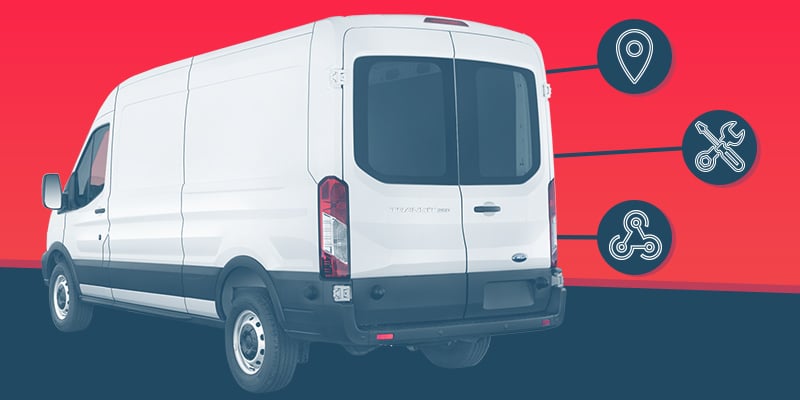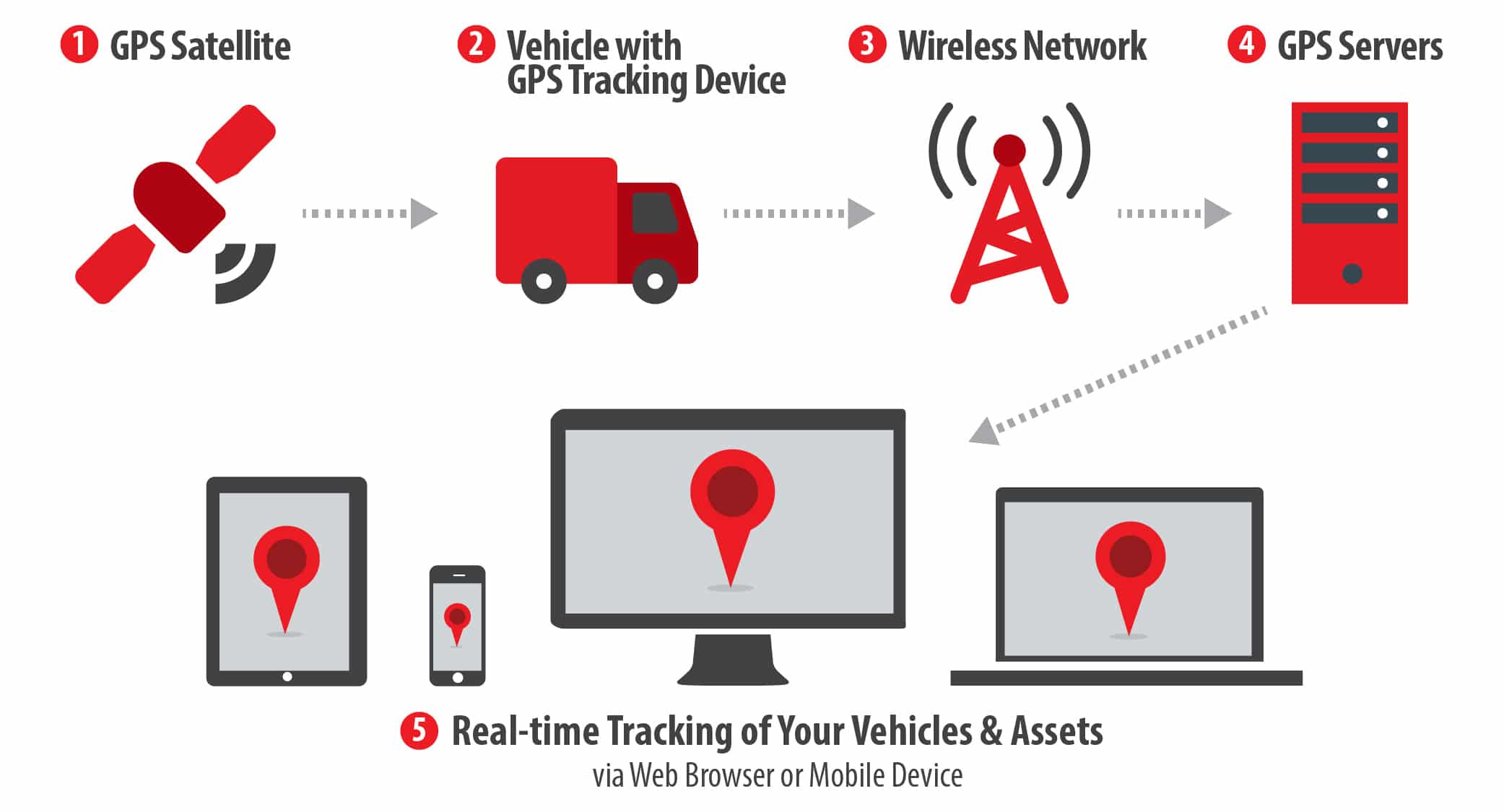The Fleet Management Solution
And The Future of Managing a Mobile Workforce

A fleet management solution includes an array of data points including vehicle location, Diagnostic Trouble Codes (DTCs), and integration into other software.
It solves challenges such as inefficiencies, safety issues, as well as driver accountability. This wasn’t always the case when it came to fleet management. In the beginning, businesses were using simple data from fleet technology for one purpose – to know vehicle location (or dots on a map).
As organizations have come to require more data to manage their vehicles, this technology has evolved into what is now an all-encompassing fleet management solution.
The main pillars that make up a fleet management solution are:
Vehicle Tracking
Preventative Maintenance
Software Integrations
It’s beneficial to have a one-stop shop of information that lets you effectively and efficiently manage your business.
A complete fleet management solution is one that allows you to access and share data that provides the overall health and behavior of your vehicles.
The Core of a Fleet Management Solution
One of the core technologies of a fleet management solution is vehicle tracking, which was initially created to solve one problem – a lack of visibility into vehicle operations.
Most initial adopters of vehicle tracking implemented it to gain visibility of their fleet operations and to aid in theft recovery. While the capability of vehicle tracking has evolved, the basic functionality still works the same today.

Dots on a map gave fleet managers and business owners a visual representation of their vehicles operating throughout the day.
To this day, dots on a map is still how many people think of vehicle tracking. However, vehicle tracking now solves more complex challenges such as increased back-office efficiencies, improved customer/vendor experience, and employee retention.
Vehicle tracking lets you see which employee is closest to an upcoming job so that you don’t send someone from across town. Fuel costs also decrease because miles driven are reduced. Enhanced vehicle tracking is the first step towards a complete fleet management solution.
Fleet Maintenance
Organizations that do not have a preventative maintenance schedule in place experience various issues. The main challenges organizations face are increased vehicle downtime and missed or procrastinated maintenance.
The solution to these challenges usually comes in two parts:
Monitoring Diagnostic Trouble Codes
Implementing a preventative maintenance schedule
Diagnostic Trouble Codes
Without automated diagnostic information, the responsibility falls on your employee to tell you when a maintenance light turns on in their vehicle.
Fleet management solutions offer diagnostic capabilities, such as alerts that automatically send with the exact DTC, telling you the precise issue with the vehicle.
Organizations use this information in different ways. Mainly, they use this information to let the driver know if the vehicle is safe to continue operating or not.
Monitoring vehicle diagnostics also removes the manual process from the equation. All data is now collected straight from the vehicle via the tracking device. It’s no longer the employees’ responsibility to retrieve odometer information or let you know when a maintenance light turns on.
Preventative Maintenance
Increased vehicle downtime and missed services are the results of not having a preventative maintenance schedule in place. Drivers bring the vehicles in for maintenance when they can if you’re not planning ahead of time.
This leads to increased vehicle downtime either because they procrastinated on the service or multiple vehicles come in at once.
Fleet management solutions allow you to schedule service reminders based on intervals like mileage, engine hours, or by date. You also can keep logs of the service completed. Cost of service and any additional notes can be tracked through these logs to efficiently manage maintenance related expenses.
Software Integrations
Software integration with a fleet management solution takes away the pain and frustration of managing two solutions separately. Software Integrations either pull data into one location or share data back and forth.
An example would be software like Service Titan. For organizations in the service industry (HVAC, plumbing, etc.) using Service Titan means invoice managing, dispatching, and much more. Integrating location data enhances the capability of Service Titan with real-time data.
Another example would be fleet maintenance software. For those organizations that perform service in-house, they have the added responsibility of managing parts inventory. Service managers also use fleet maintenance software like Fleetio and Ron Turley Associates to assign jobs to techs and create work orders.
Integrating a vehicle tracking solution that provides the maintenance schedule into a fleet maintenance software increases the efficiency of these in-house service teams.
FULL INTEGRATIONS ARE A ONE-TIME SETUP PROCESS. IT USUALLY ONLY REQUIRES INFORMATION YOU ALREADY HAVE SUCH AS LOGINS BUT CAN VARY BETWEEN SOFTWARE.
If there is a software solution that does not have full integration with your vehicle tracking provider, an open Application Program Interface (API) system can be the answer.
This process requires a little more setup and technical knowledge. However, it sets up data flow between two different software on a granular level.
A GPS Insight customer did this with a backend timecard system the drivers use. They used our API system to push a specific type of report into their timecard application that allows them to verify their labor hours.
The Age of Technology
We are in the age of technology. Organizations will continue to require more data to manage their fleets and make informed decisions.
A complete fleet management solution builds an information highway for data to travel back and forth showing you the performance and health of your fleet.
The right fleet management solution will combine all of the necessary data you need to effectively and efficiently run your business.





